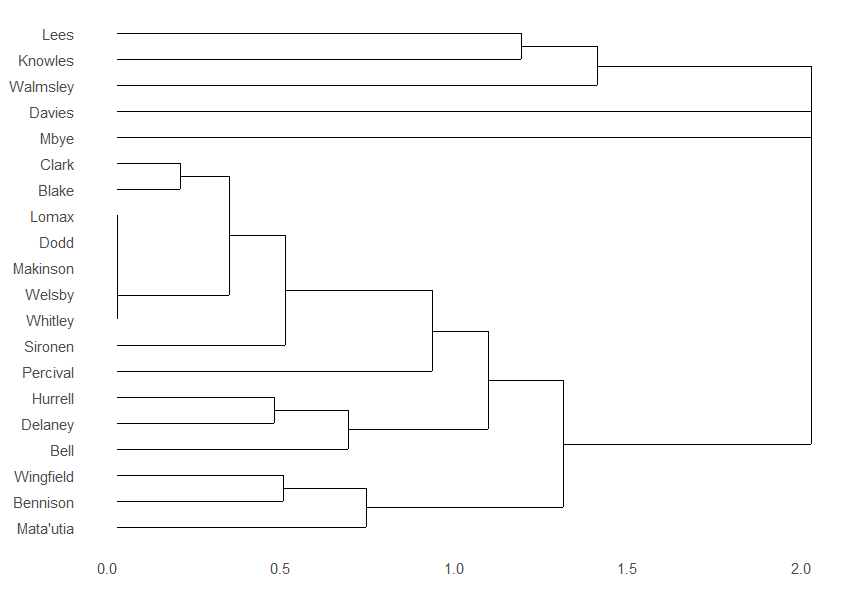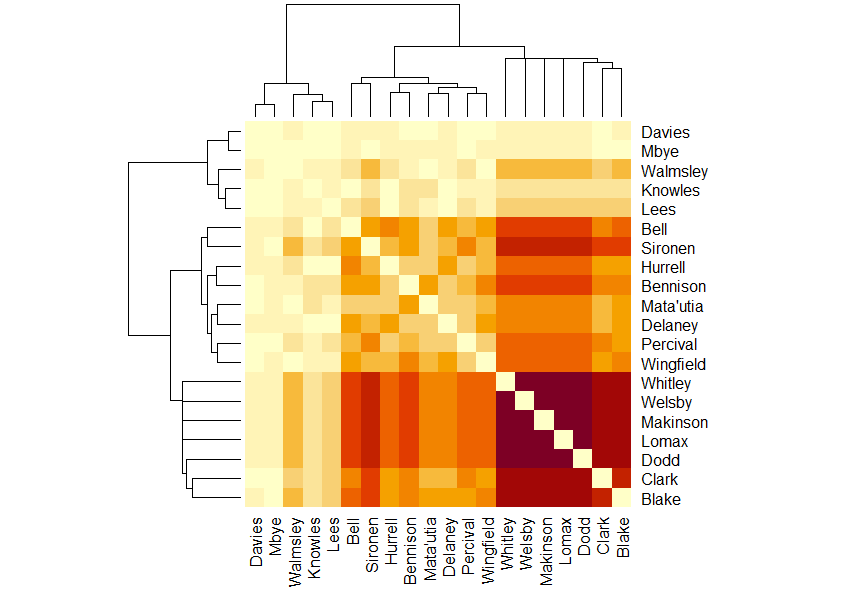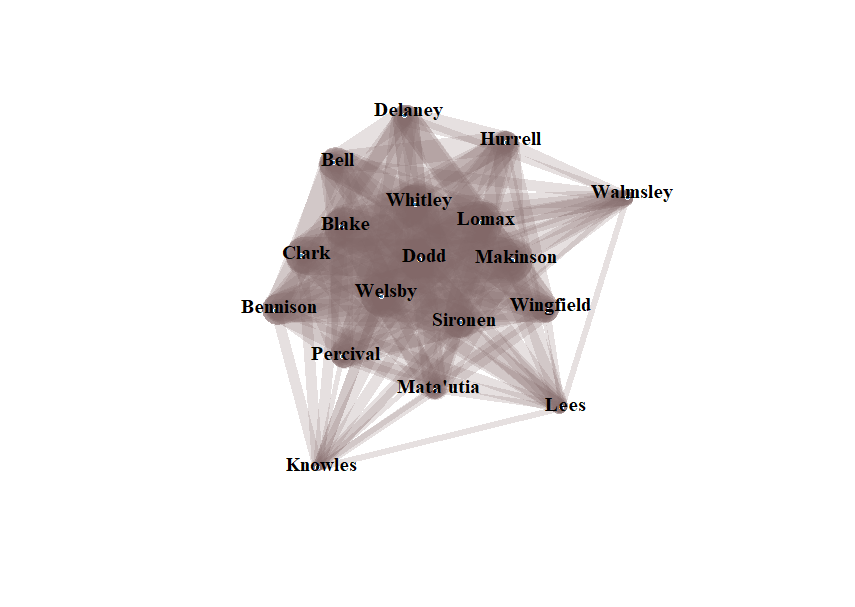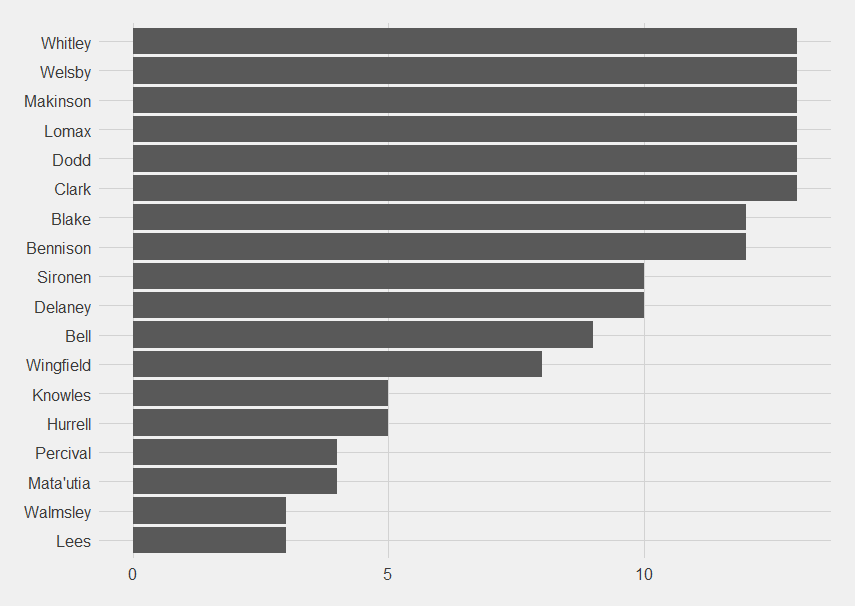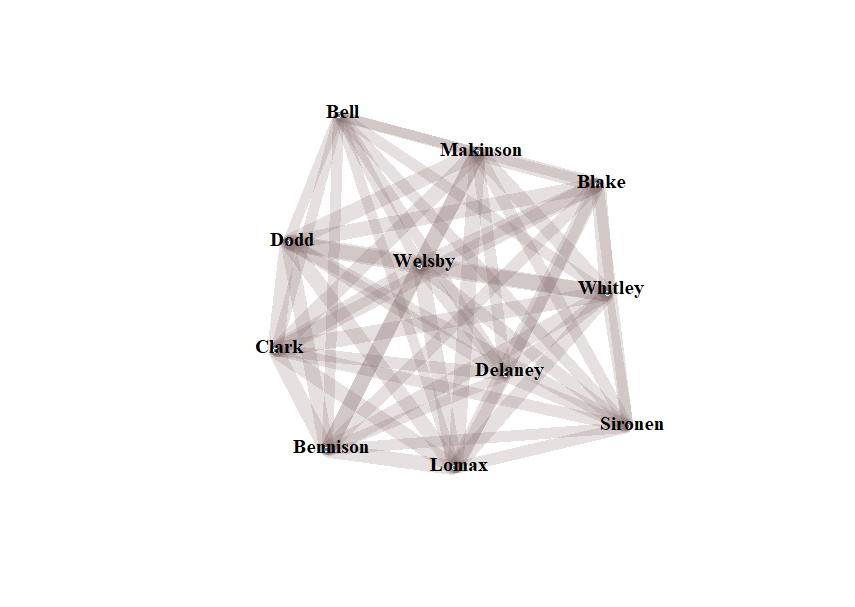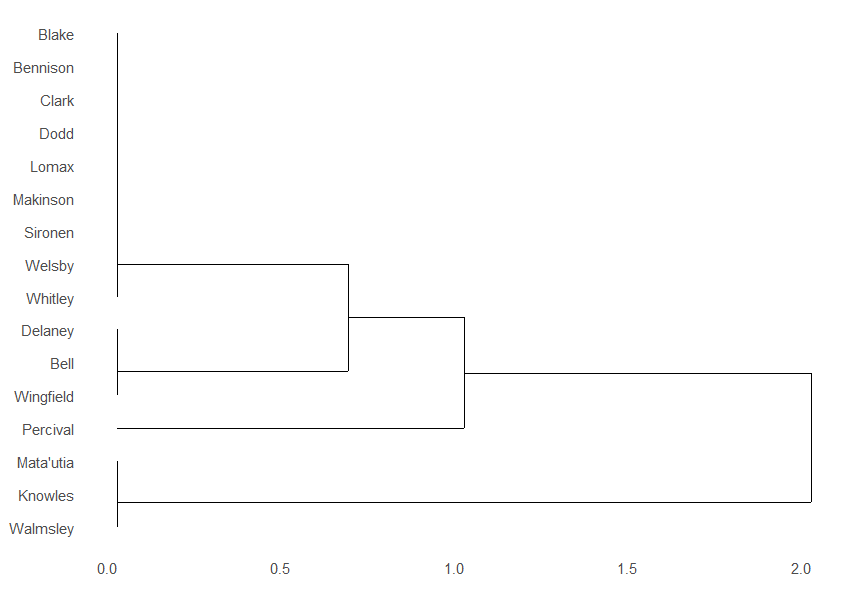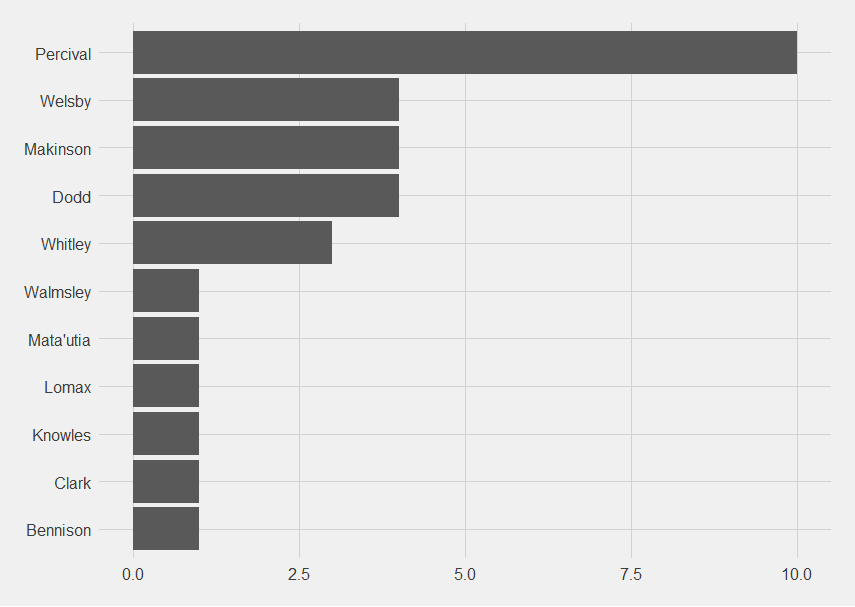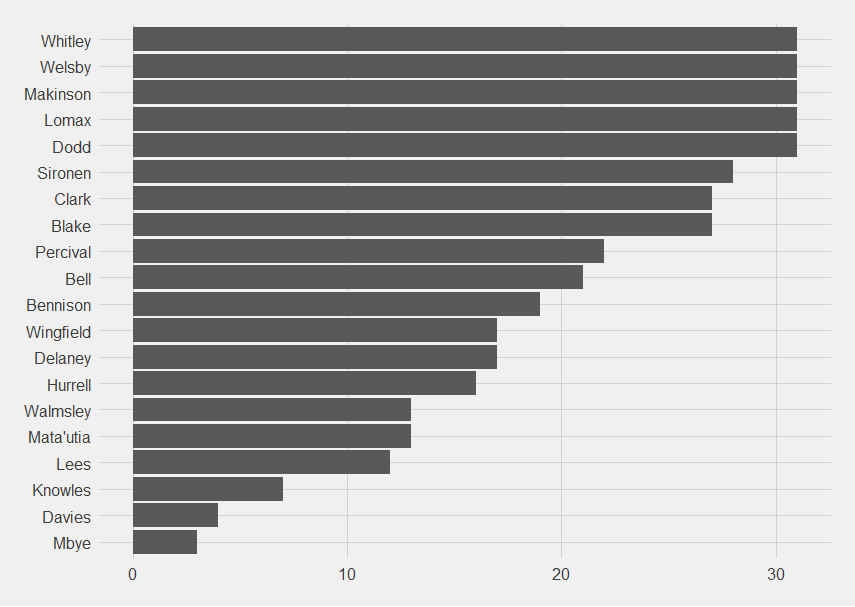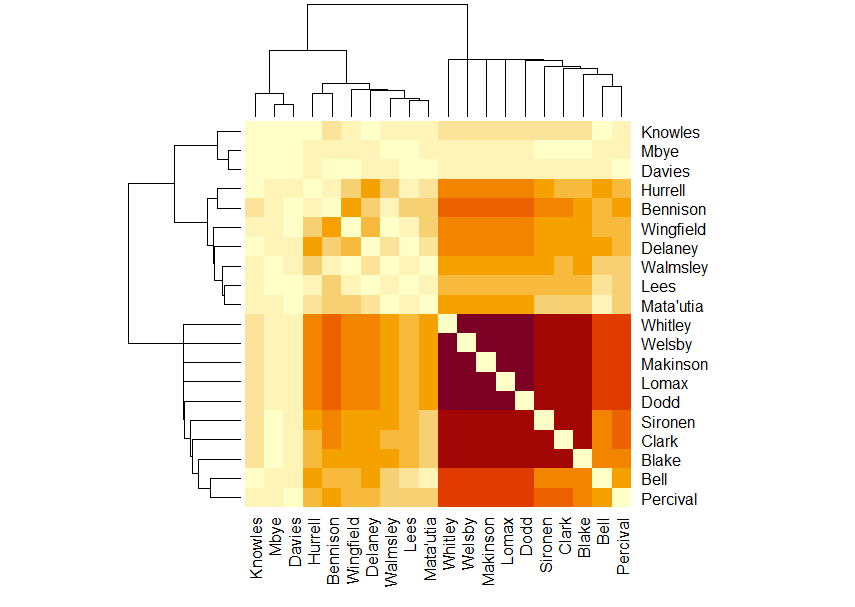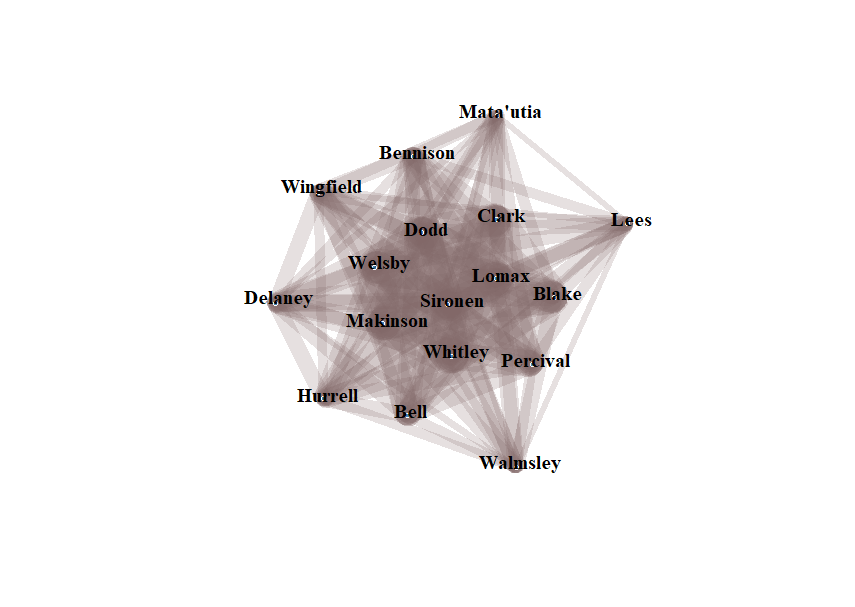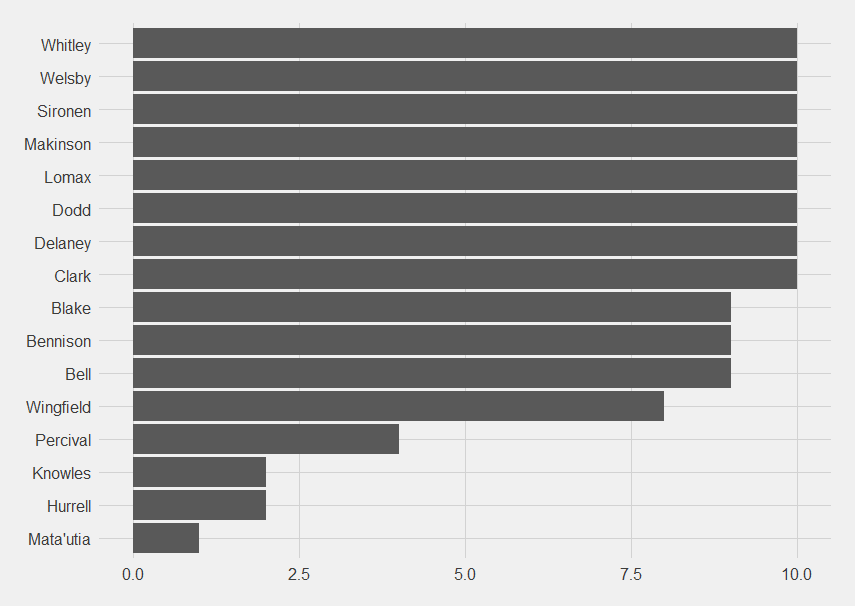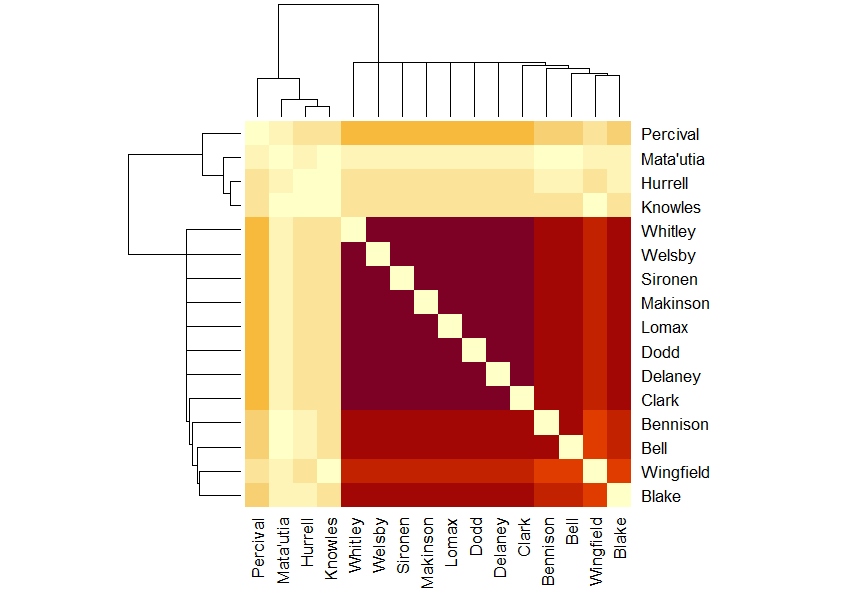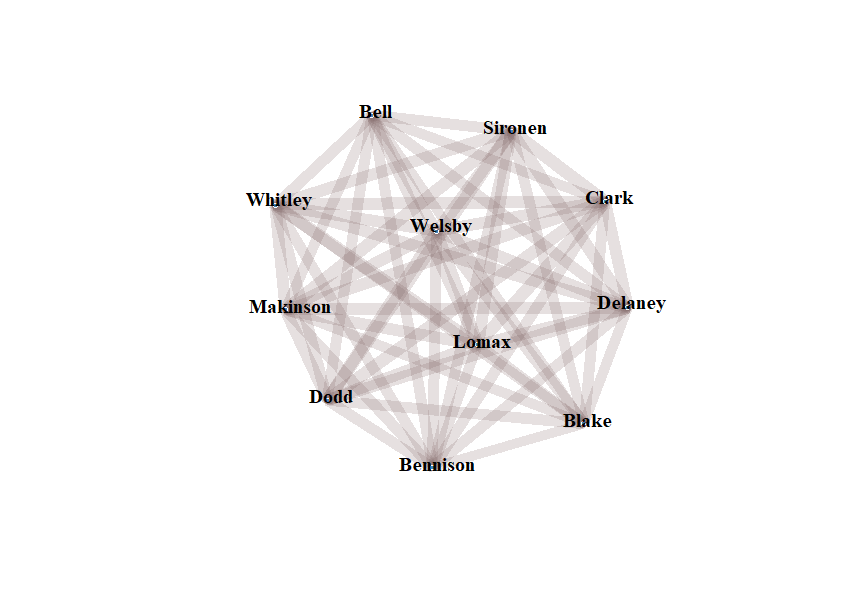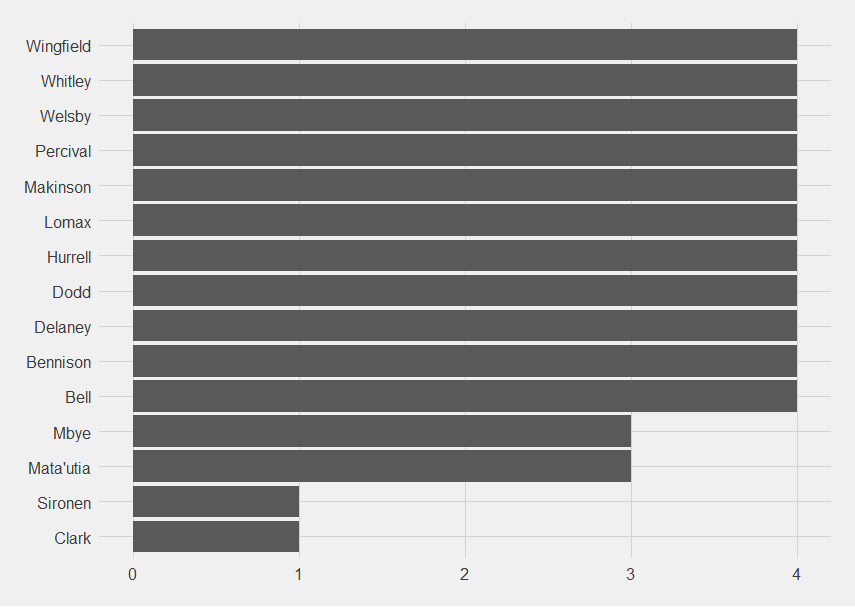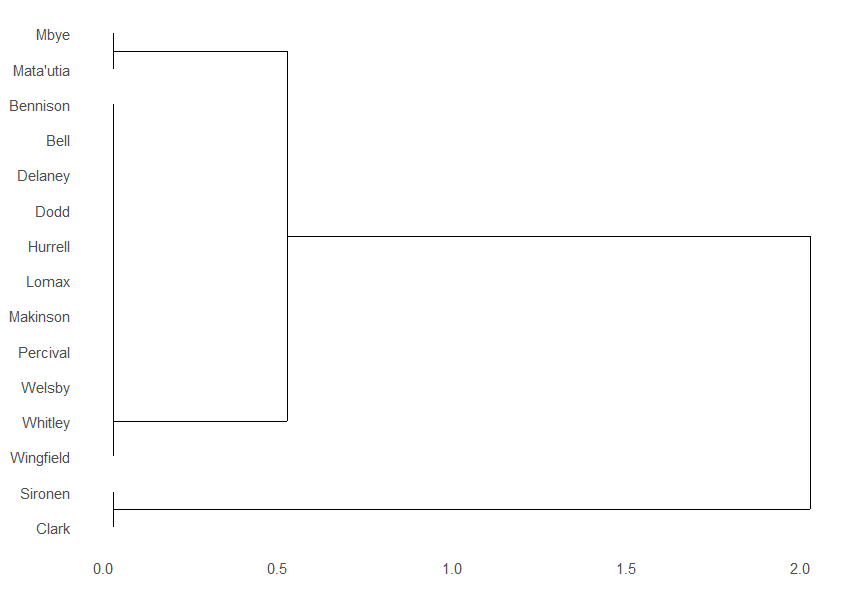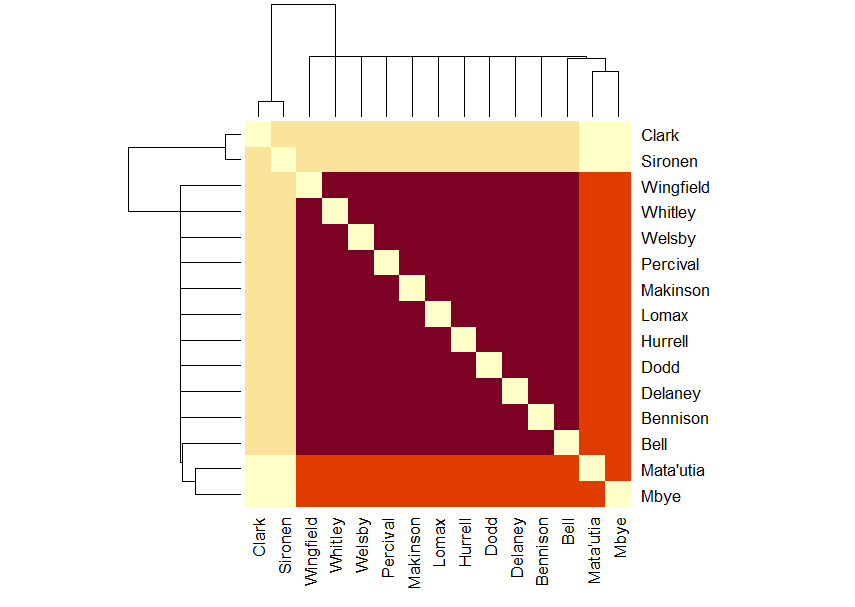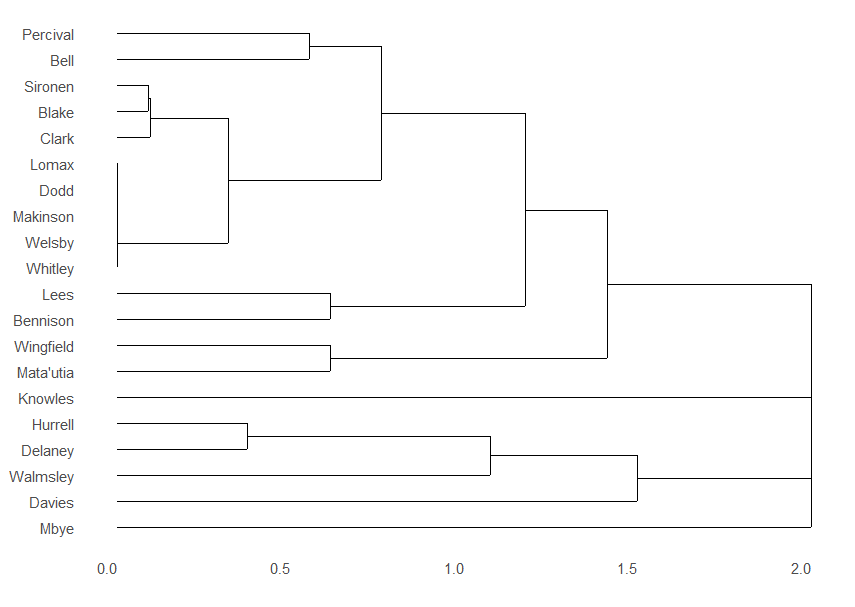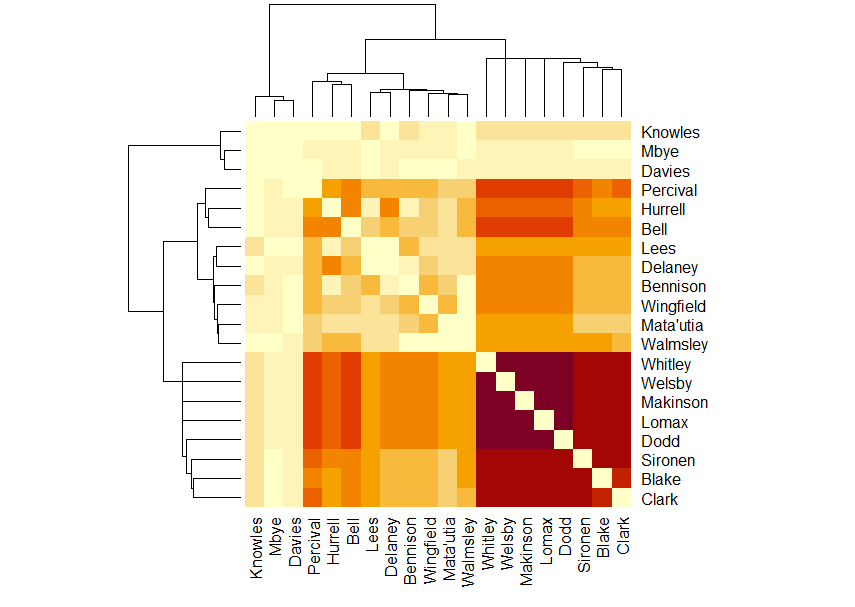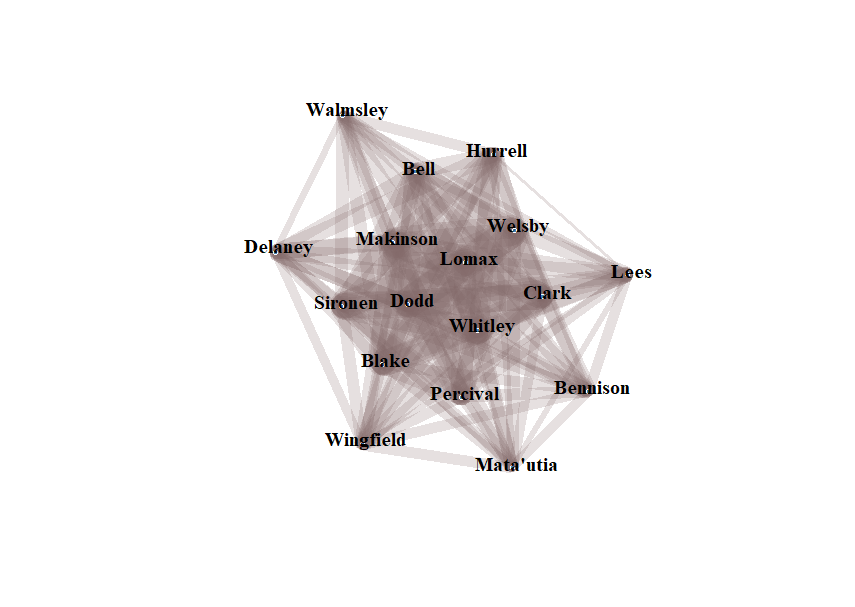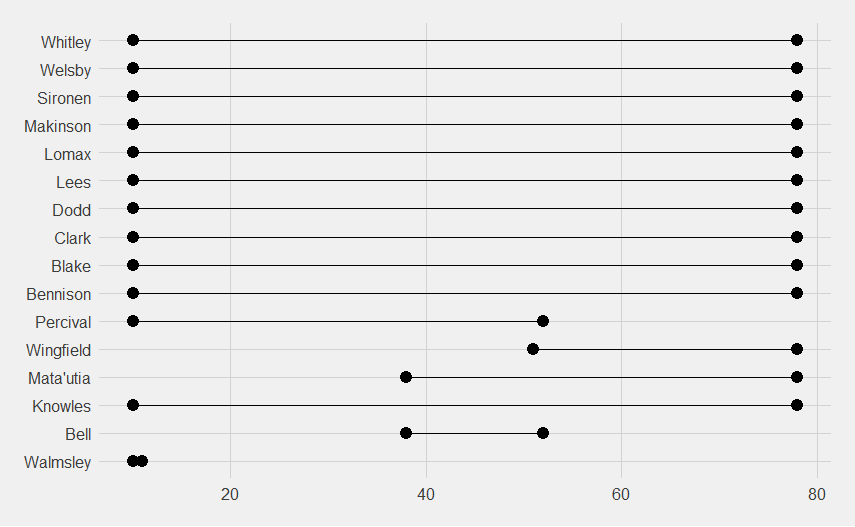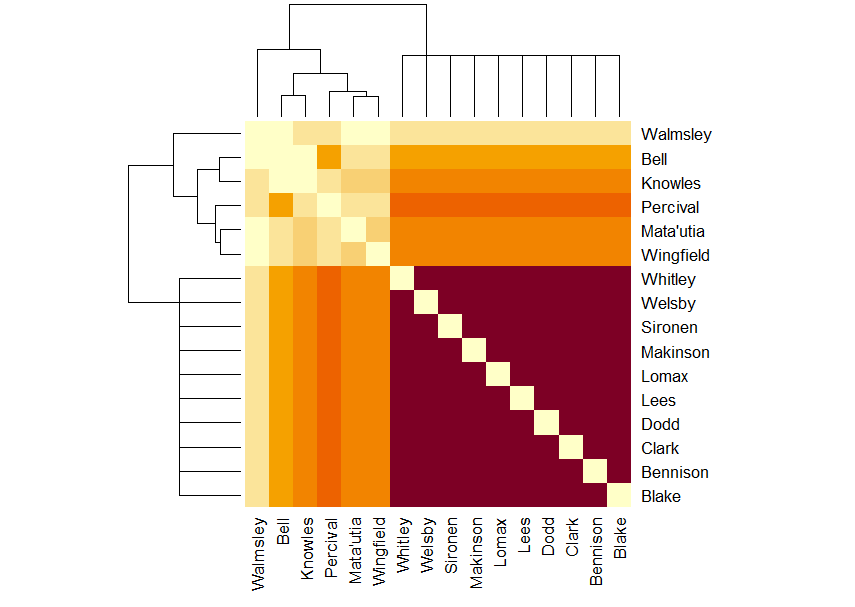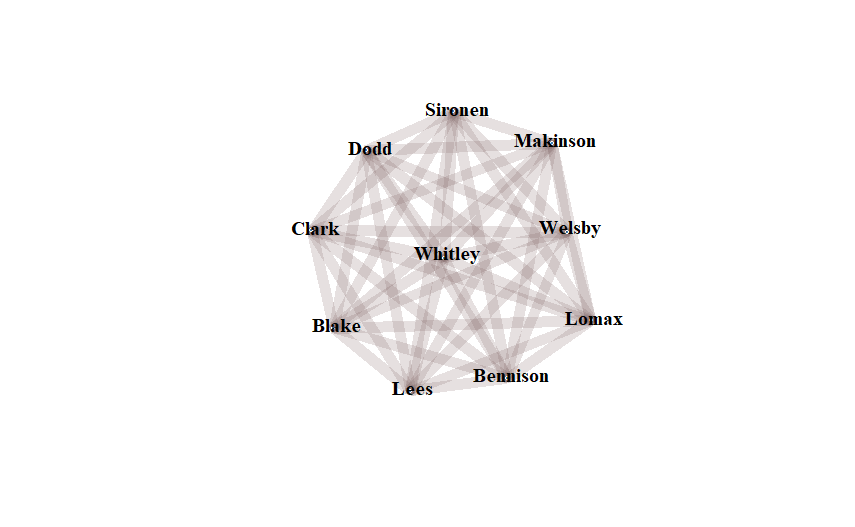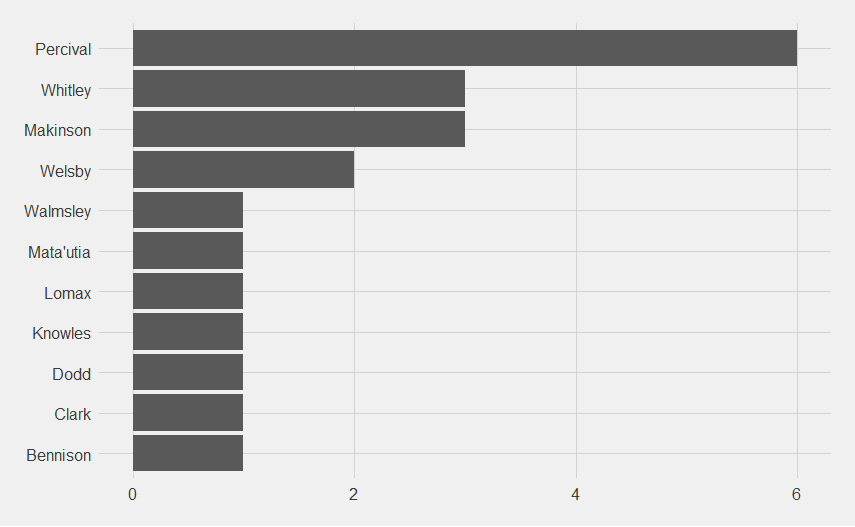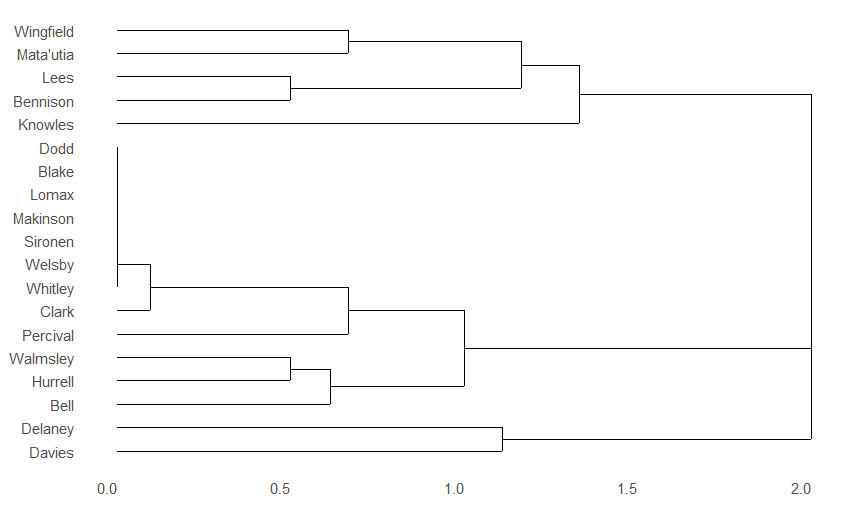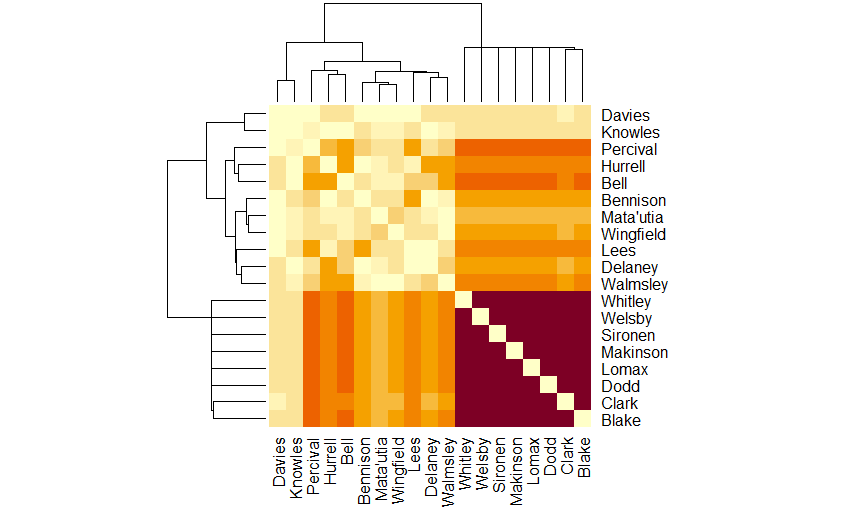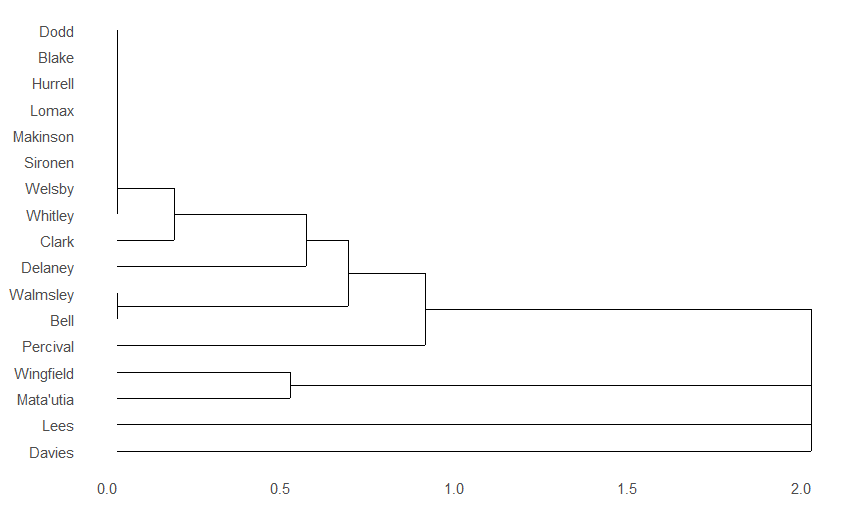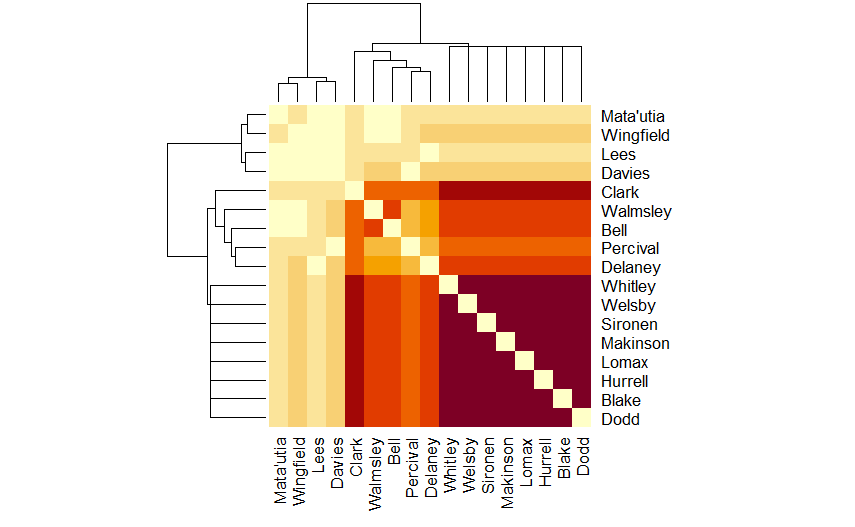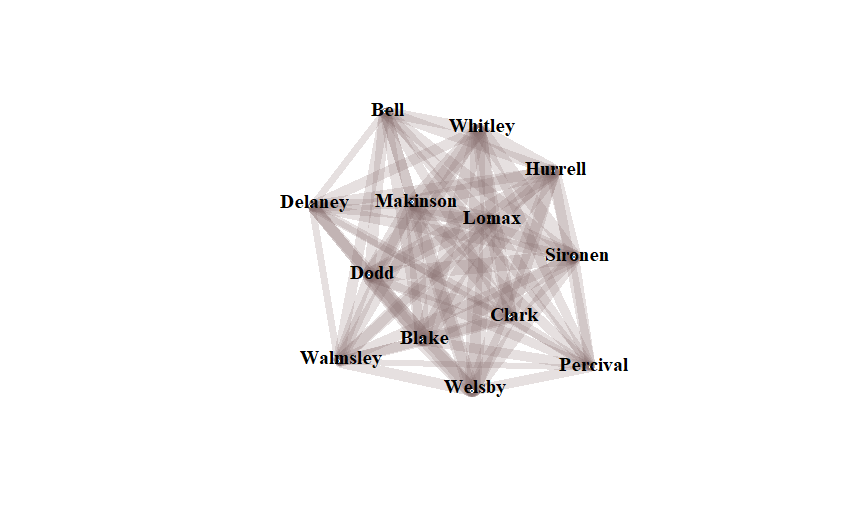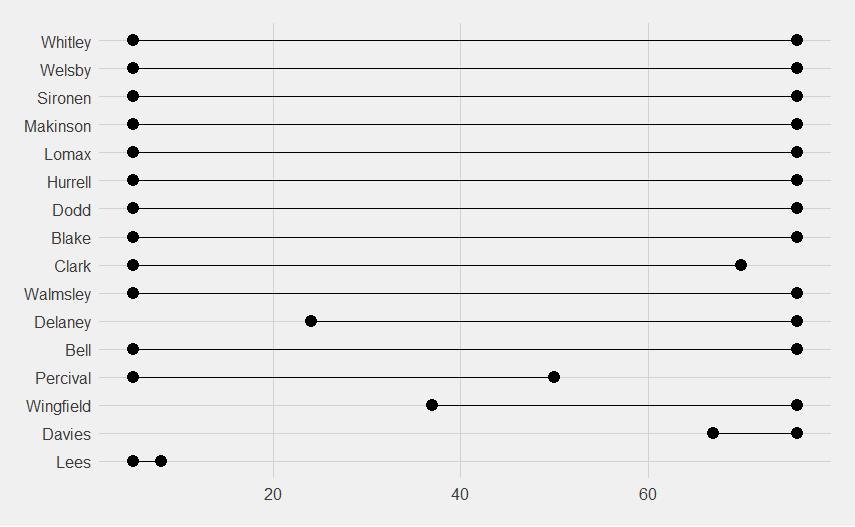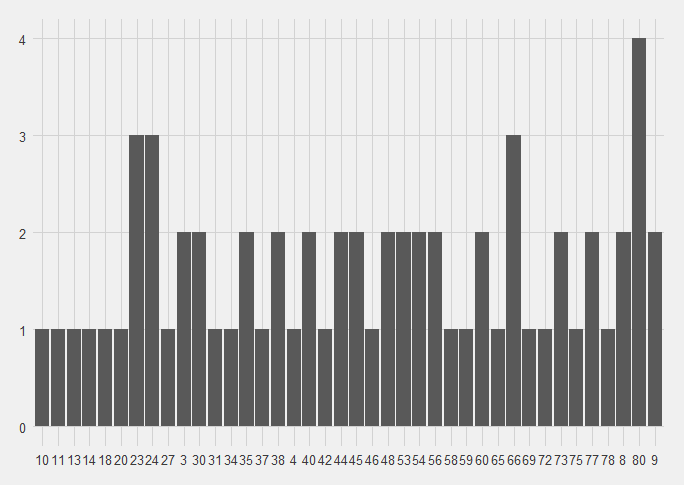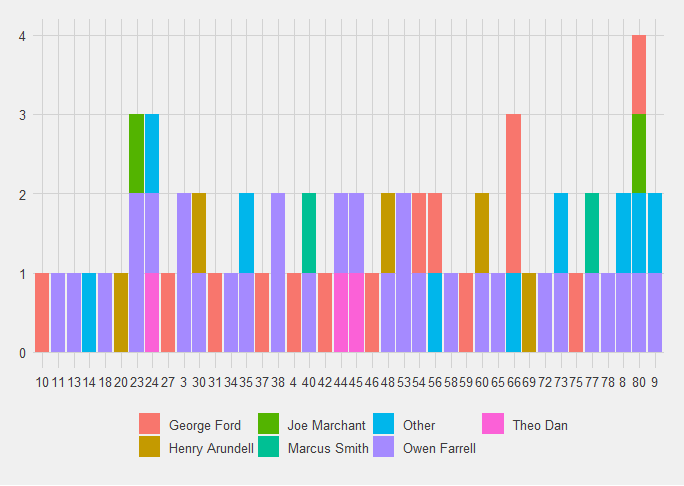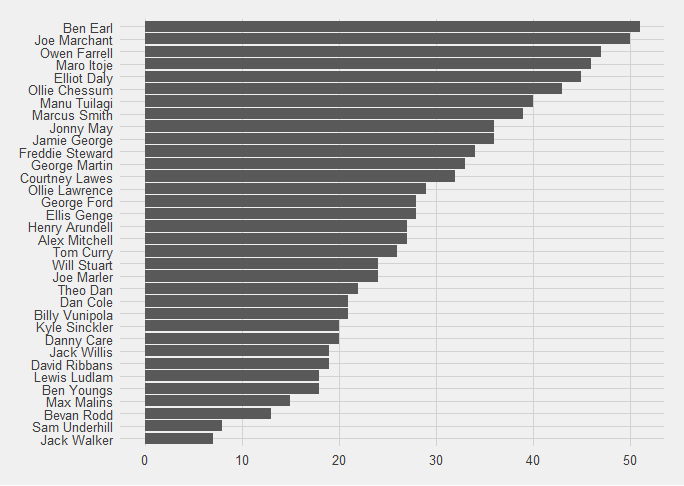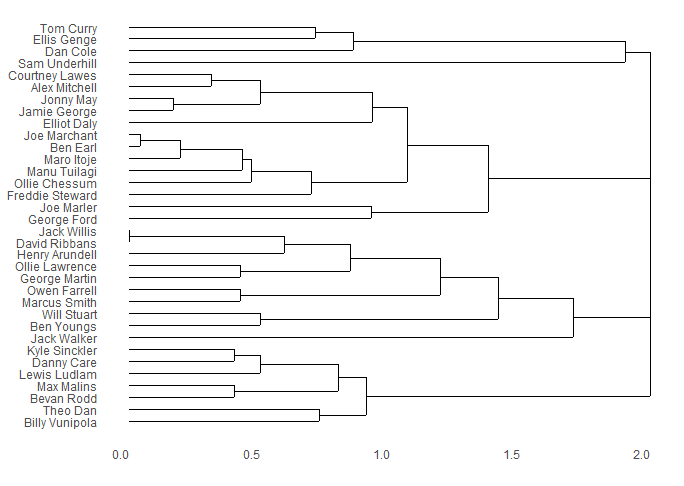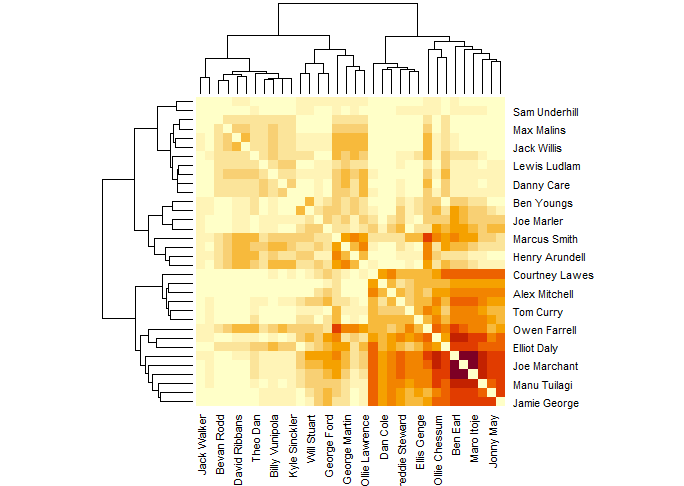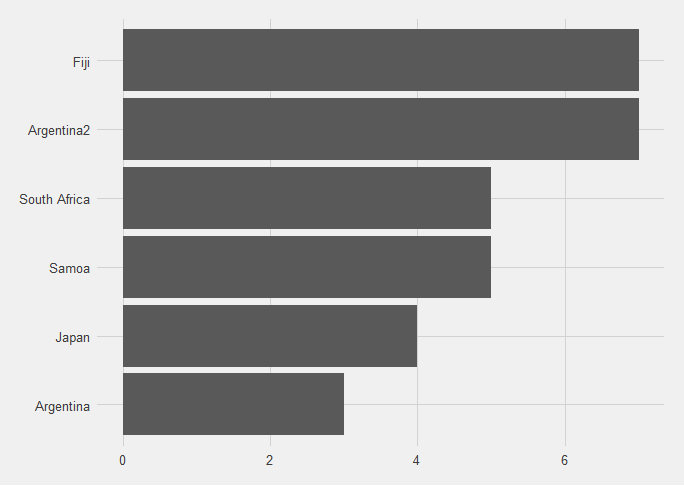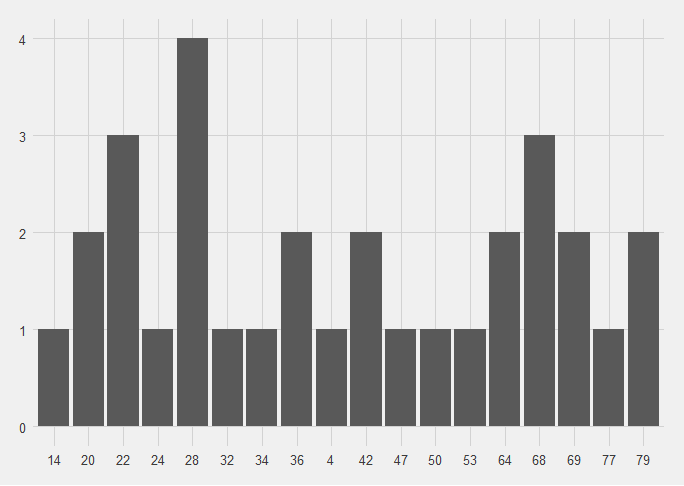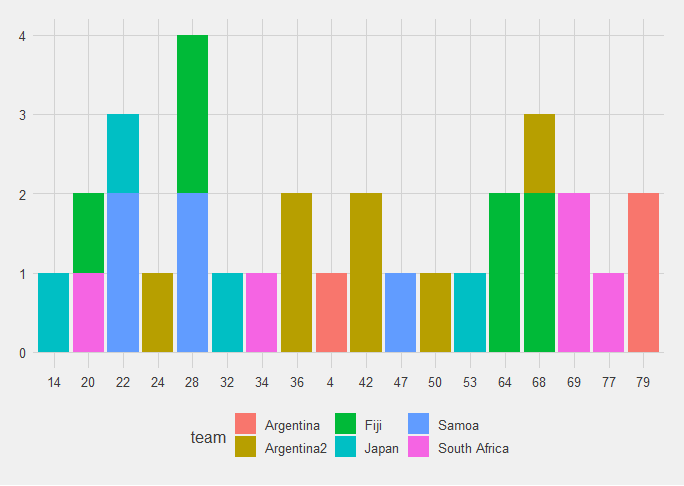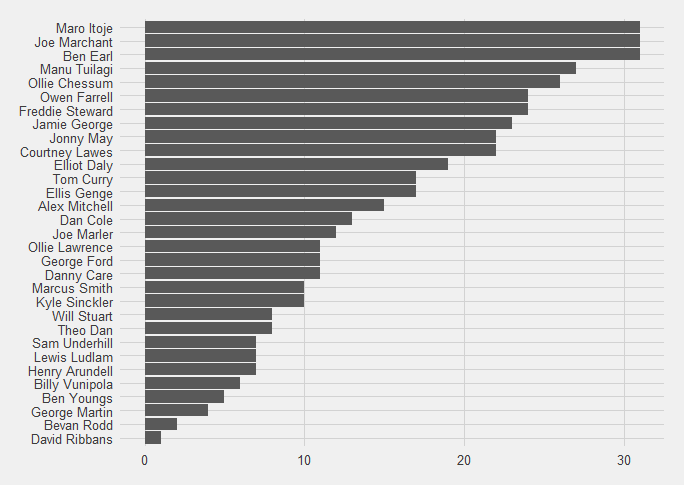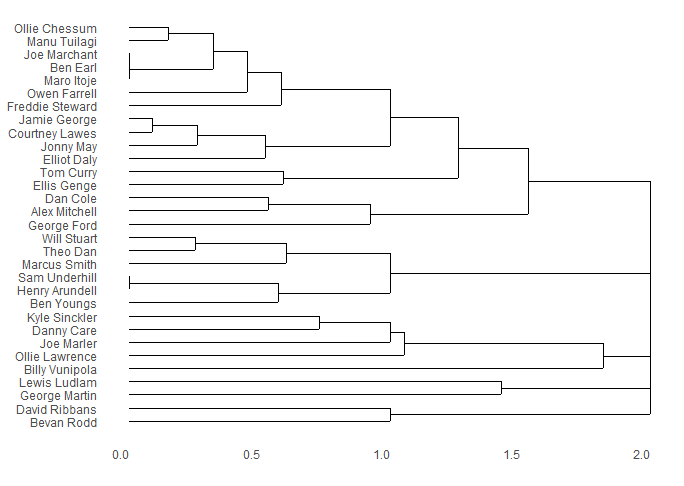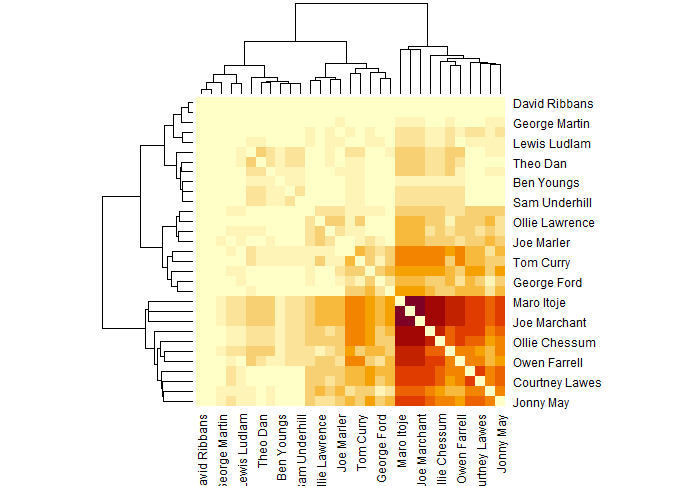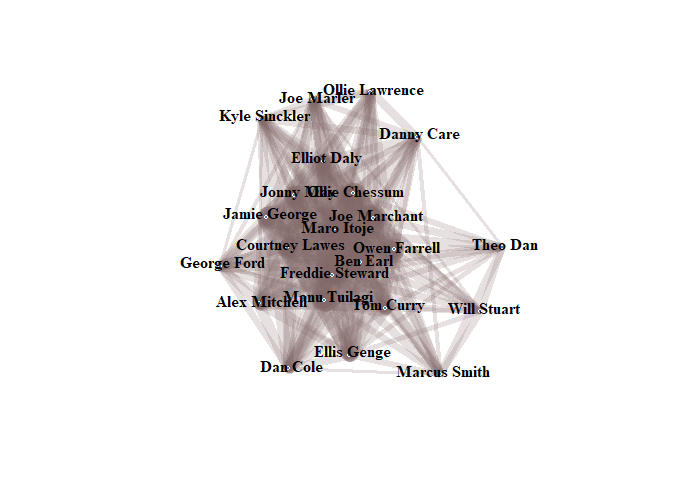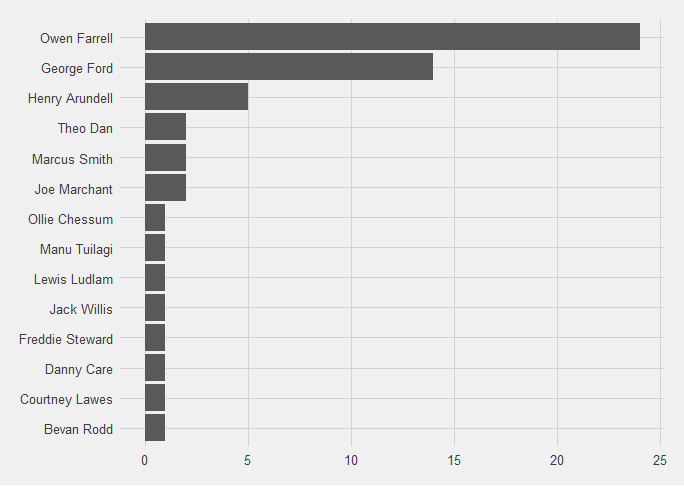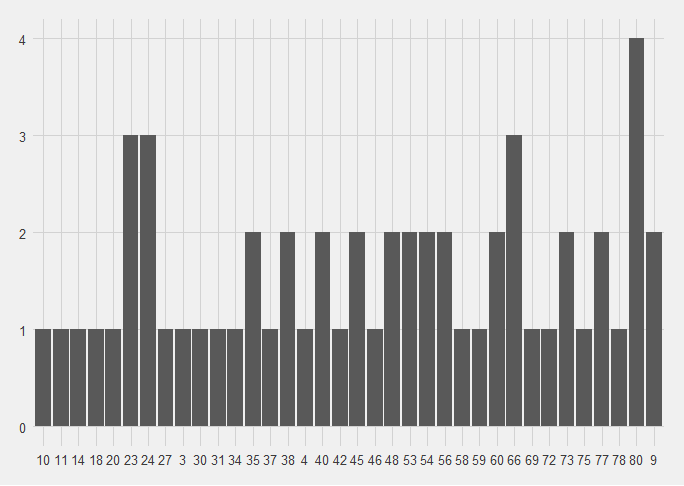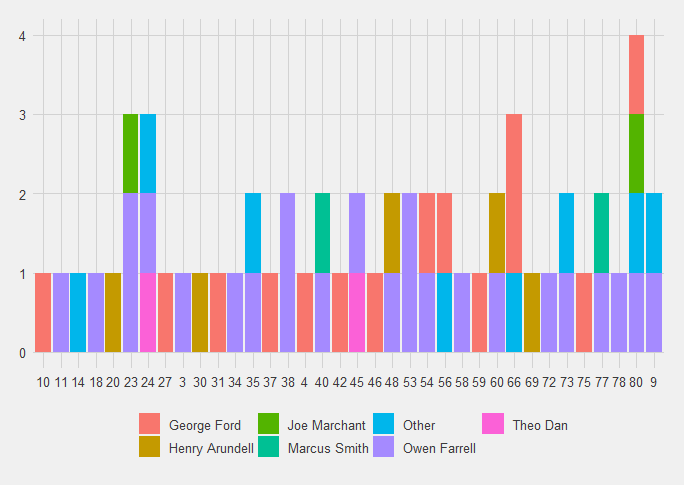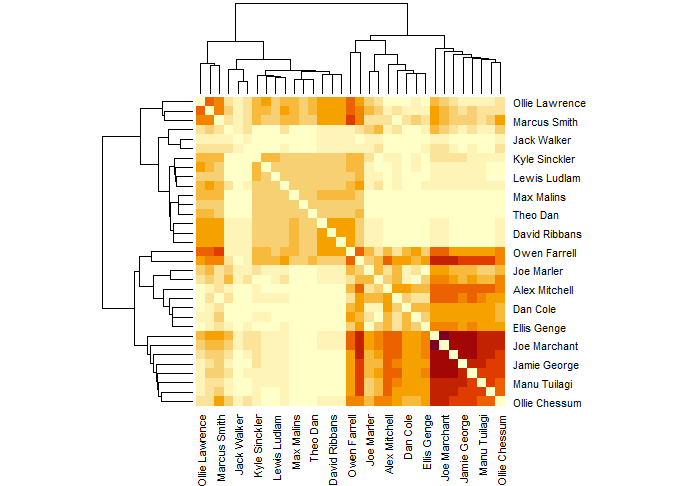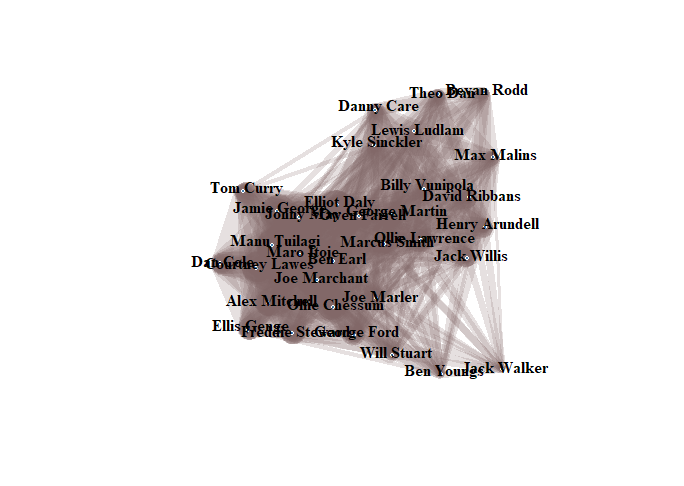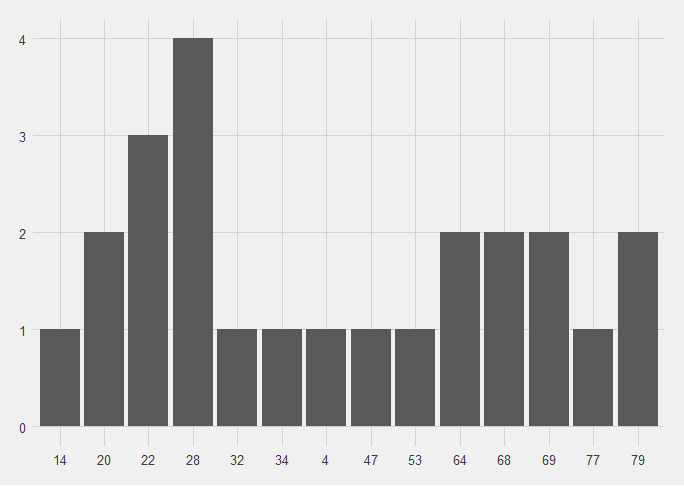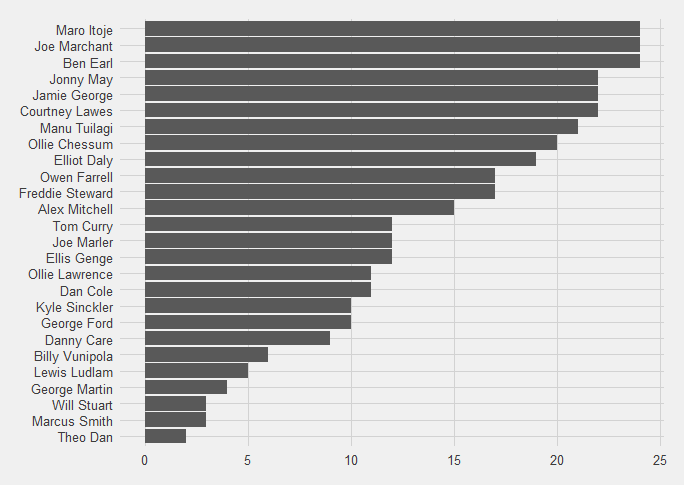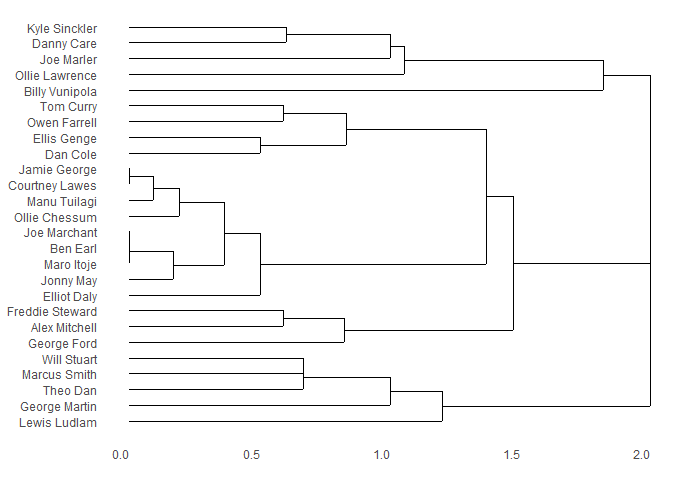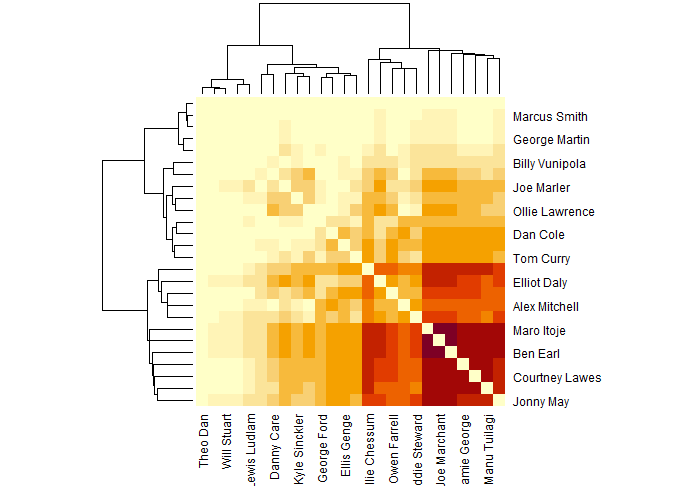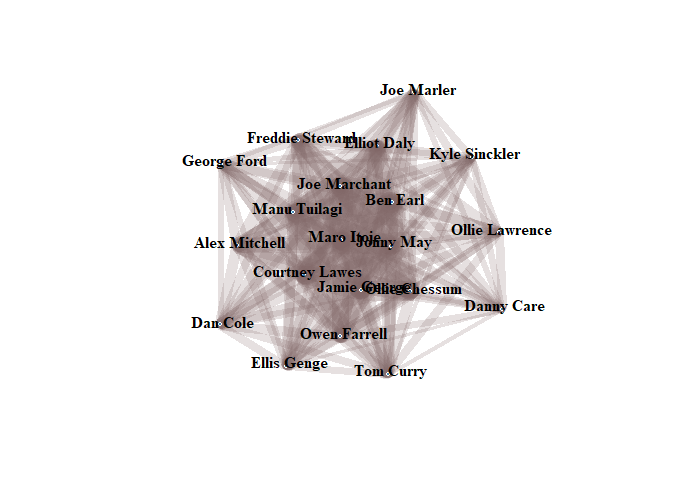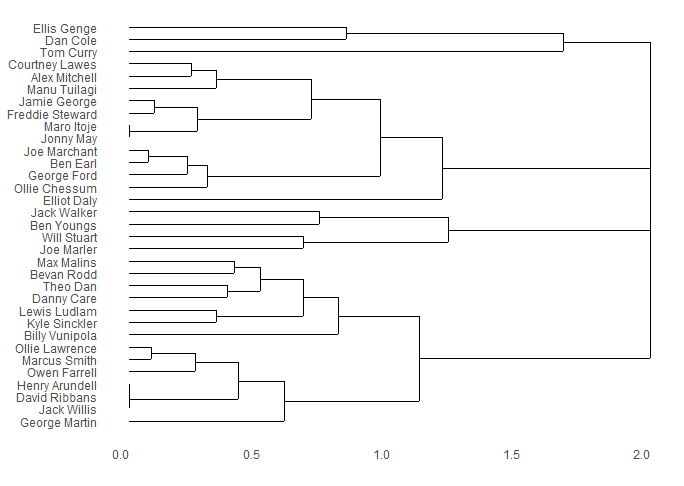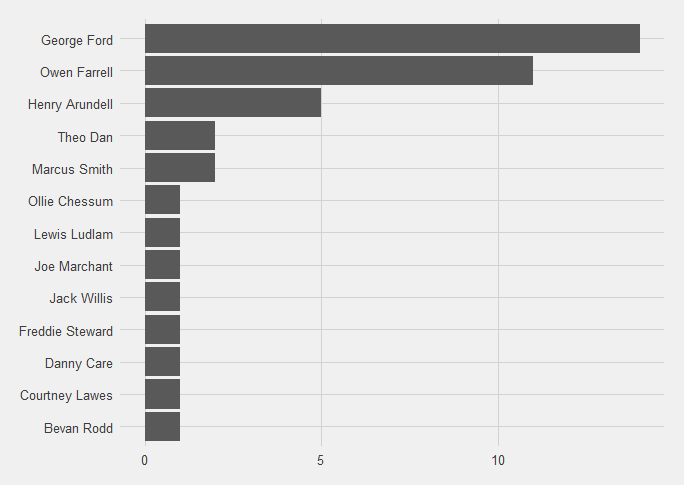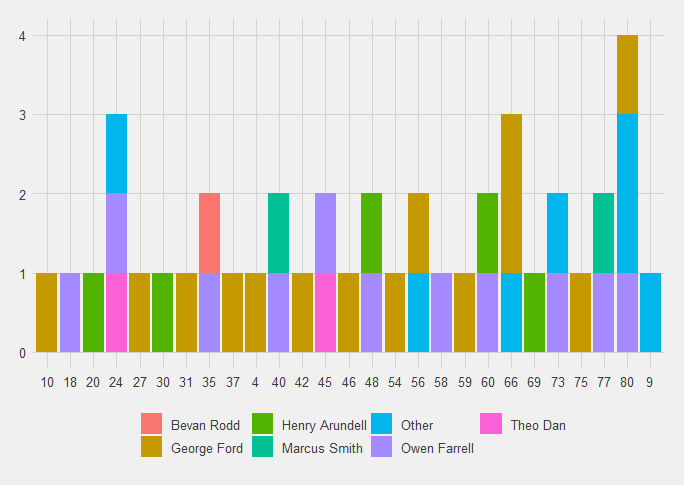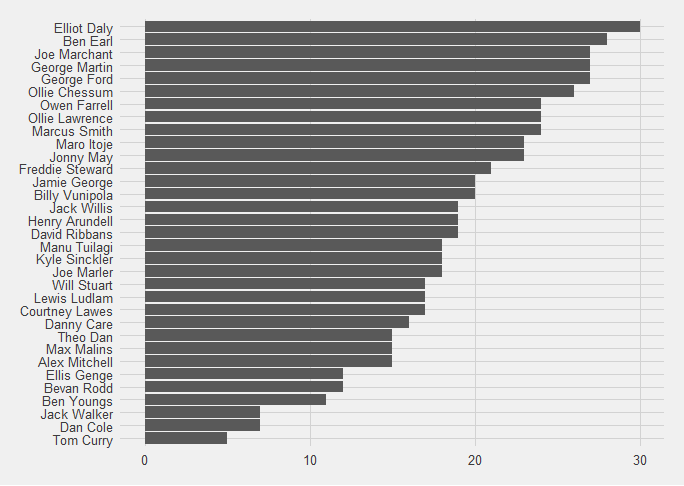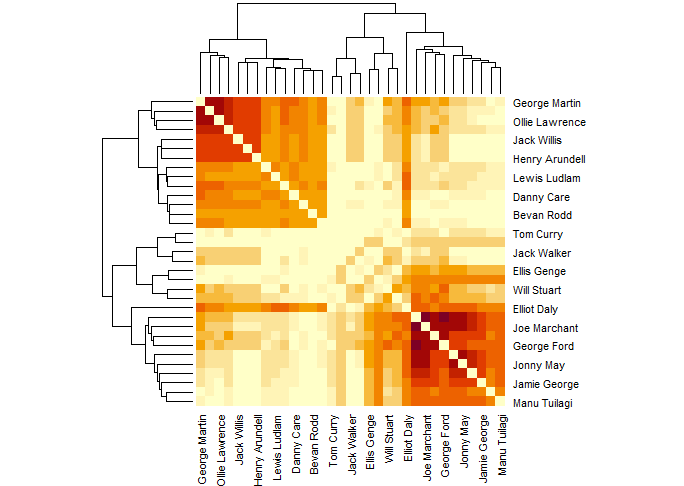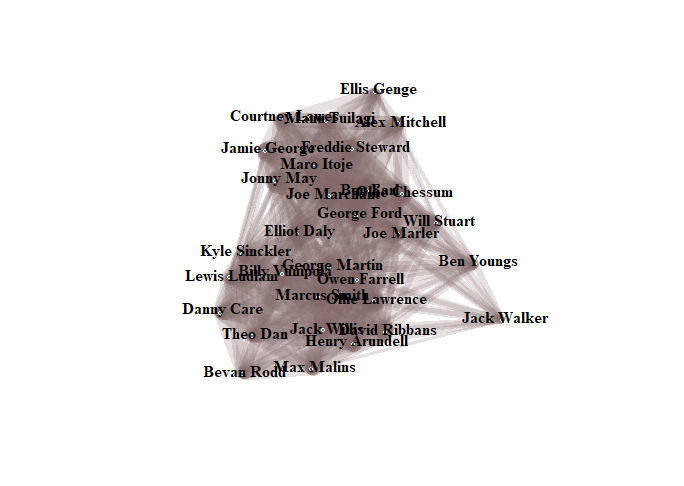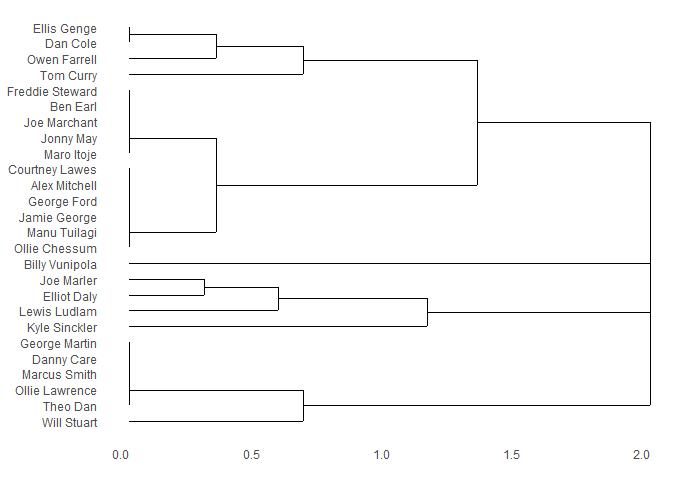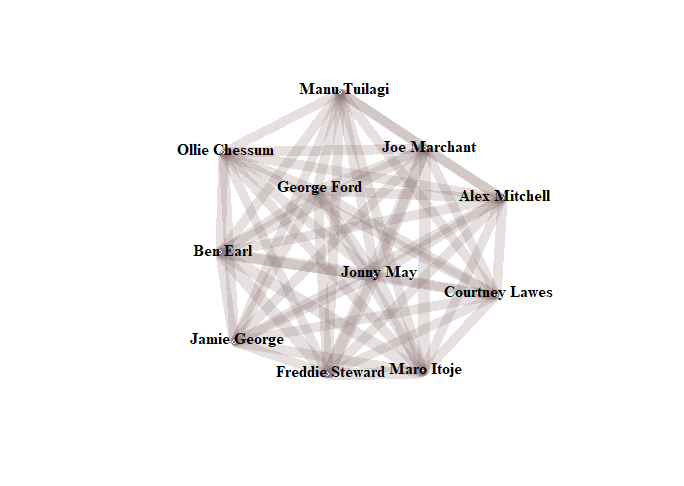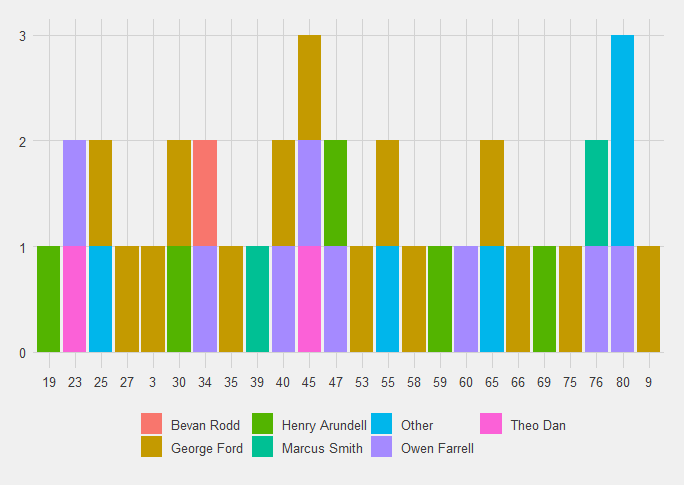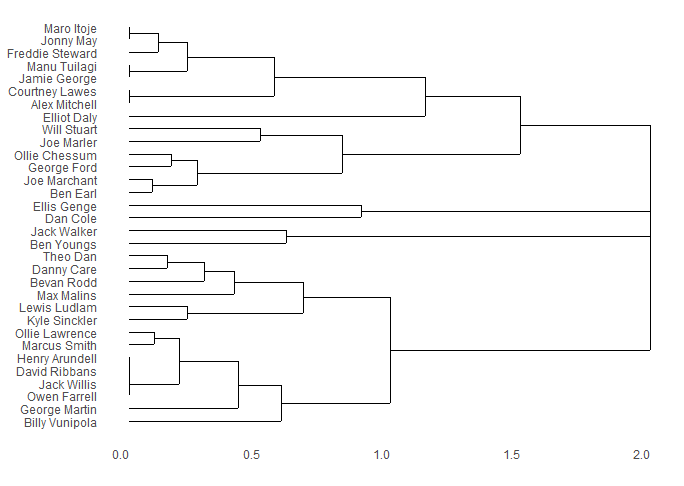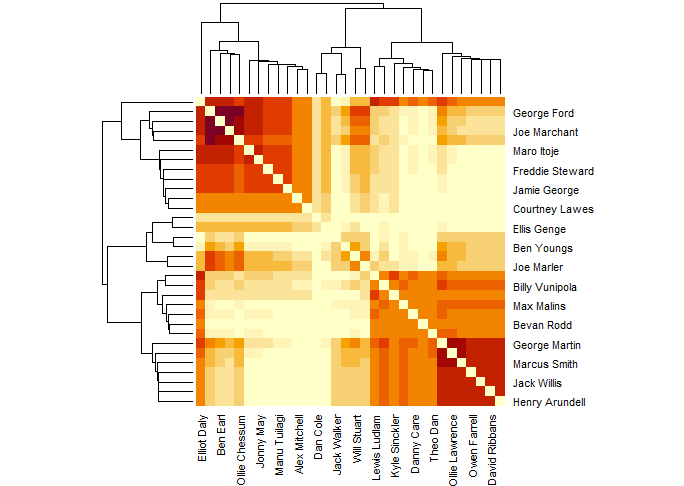I was torn about including the Challenge Cup matches in this analysis. Because it’s supposed to be covering the League, and the Cup is separate from the League.
On the other hand, as L pointed out when I asked, Rugby League is not like football; because the Super League teams only join the cup in the 6th round, there isn’t as much squad rotation. Therefore, I am going to include the Challenge Cup games.
Of course, the minute I do that, Saints don’t play two of their previous “always presents”, Makinson and Dodd, in the Challenge Cup match against Leeds. Dodd was explained as a precautionary, but I’m not sure if an explanation was ever given for Makinson’s absence. Saints also played Clark and Mbye together, which is also going to confuse the diagrams.
This was the second away match against Leeds in a row, and sure, Saints had beaten them in the League (https://www.saintsrlfc.com/matches/2024/first-team/leeds-rhinos-v-saints-2024-03-15/) but I then had the fear over the Challenge Cup match.
Saints won (https://www.saintsrlfc.com/2024/03/22/saints-progress-to-challenge-cup-quarter-finals/)
The changes to the team meant the “play together when Saints score in game 6” matrix looks like this:
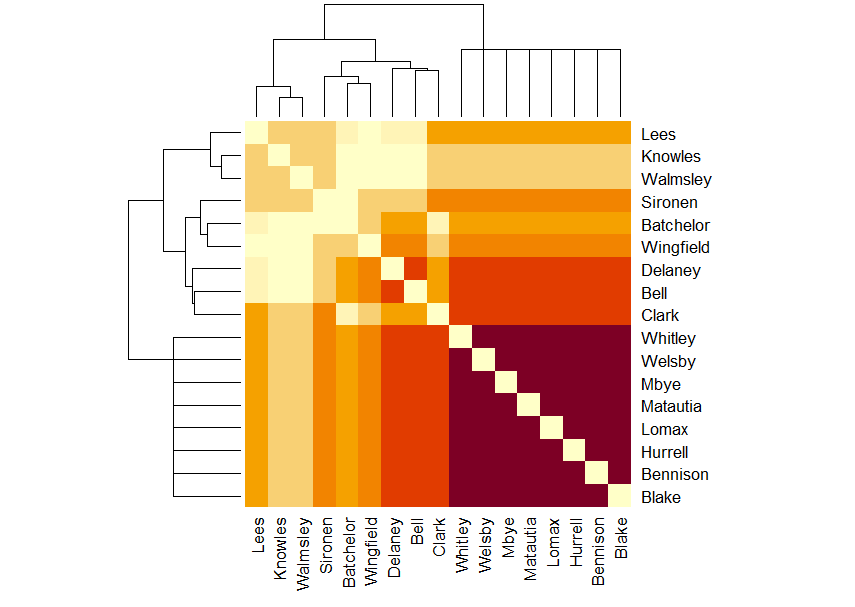
The most interesting thing to me is that the crossing point for Batchelor, Wingfield, Delaney, Bell and Clark and Knowles and Walmsley is so pale, suggesting that those two don’t play on the pitch with the others when Saints score.
Because this was the second match of Percival’s ban (https://fulltimesportsfan.wordpress.com/2024/04/05/saints-ahoy-visualisations-from-game-4-and-the-season-to-date/), Lomax who took over the kicking duties from Percival really has shot up the “Point-scoring moments, season to date” chart.

In the point-scoring moments present for diagram, for the season to date, the Whitley, Welsby, Lomax, Dodd and Makinson group has been broken up.

The dendrogram has become very complicated.
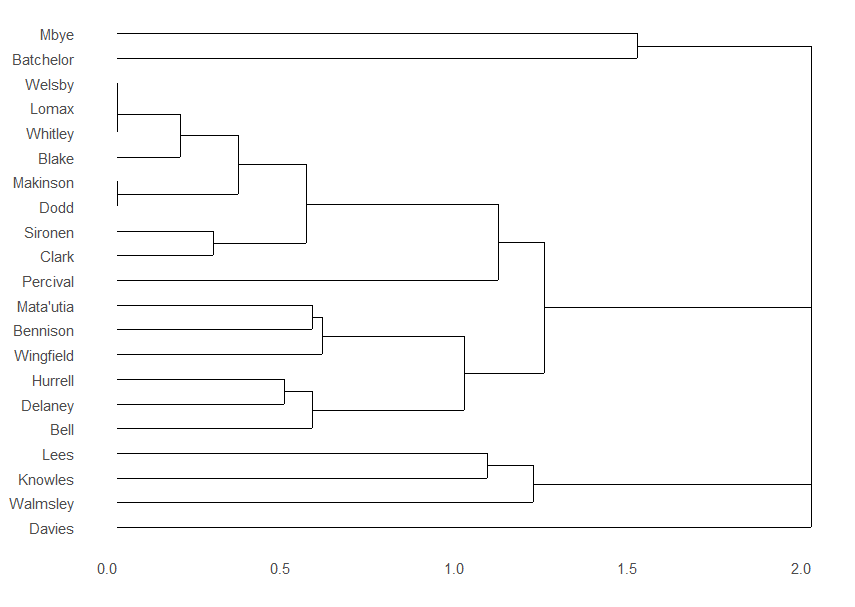
Which also makes the matrix complicated.
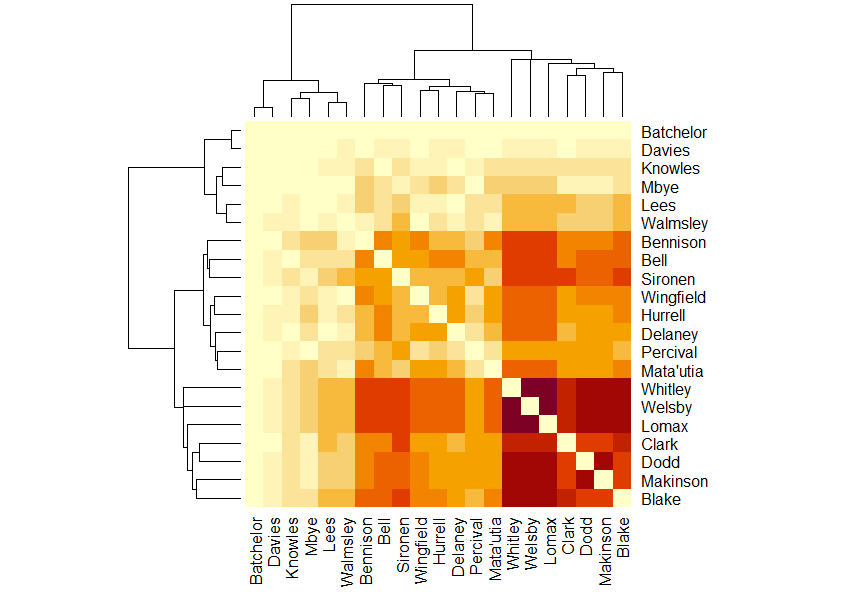
As well as Sironen and Clark’s crossing point being darker than their surrounding area, suggesting they play together more often, so is Clark and Lees and Walmsley and Sironen, while Walmsley and Clark, Clark and Delaney and Percival and Blake have paler crossings than expected.
The network diagram looks like this:
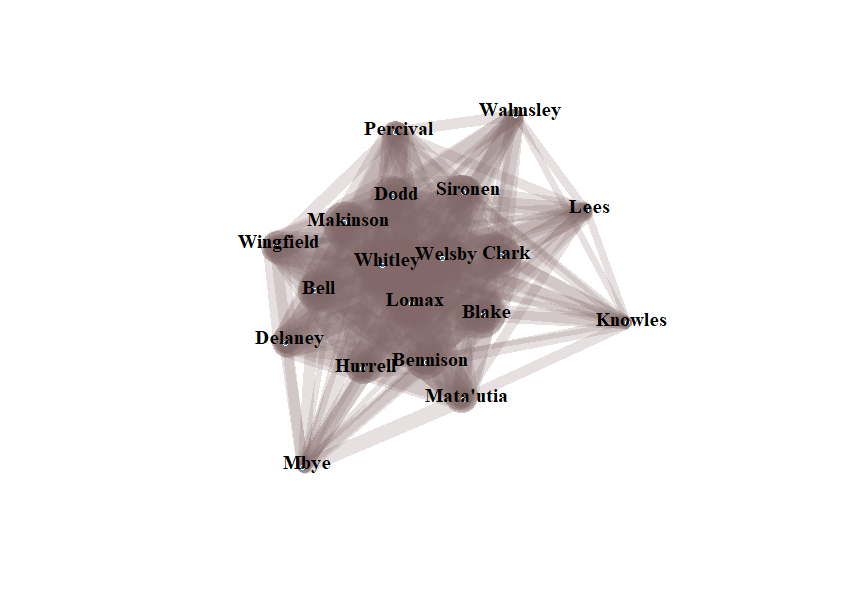
It’s now 19 players. It’s interesting that his suspension for two games has moved Percival out of the middle, and there’s now a decided cluster of replacement props at the left.
Looking at the concession diagrams,
Clark is higher up in this than expected.
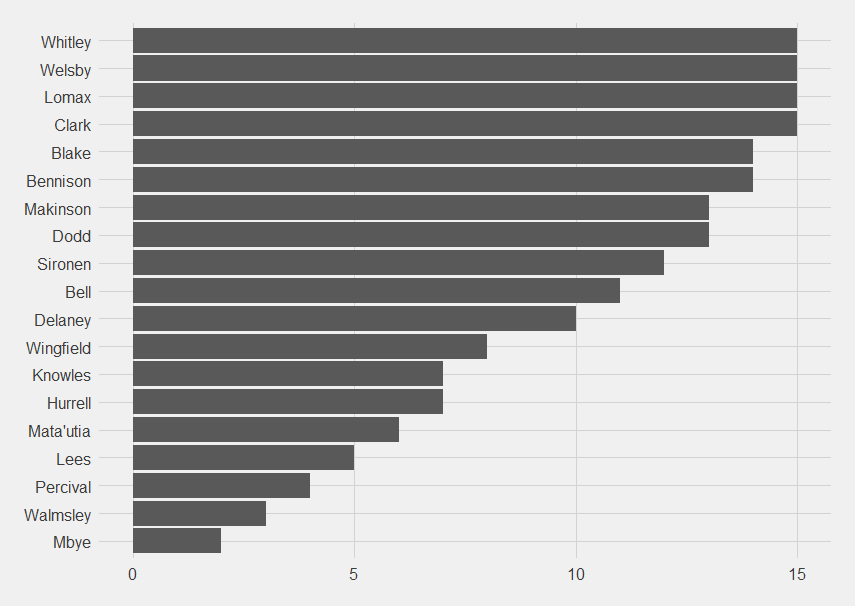
Whitley, Welsby and Lomax are ever presents so their presence makes sense. Clark’s less so.
The dendrogram is three clusters, and three straight lines:
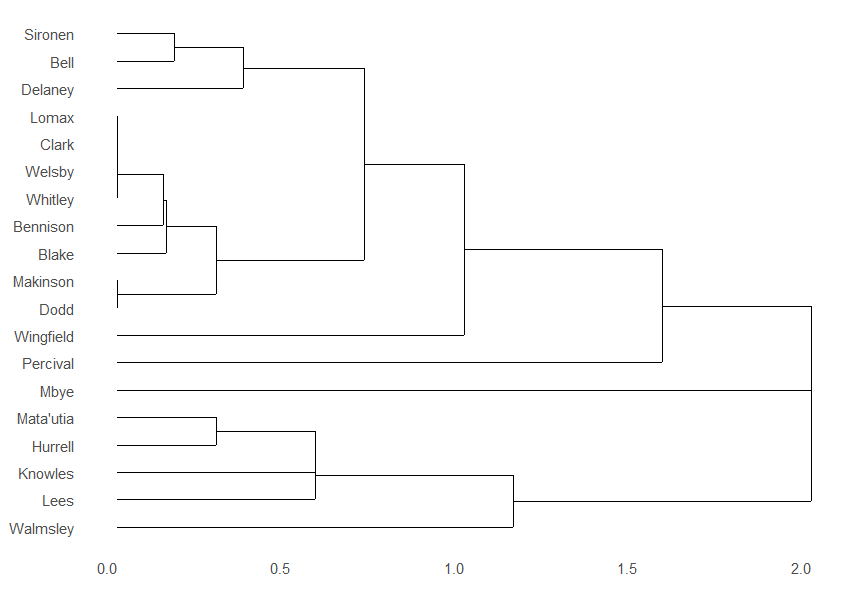
I do find it interesting that there’s two separate forward clusters, possibly suggesting forward pairings.
The matrix looks like a zoomed-in tartan.
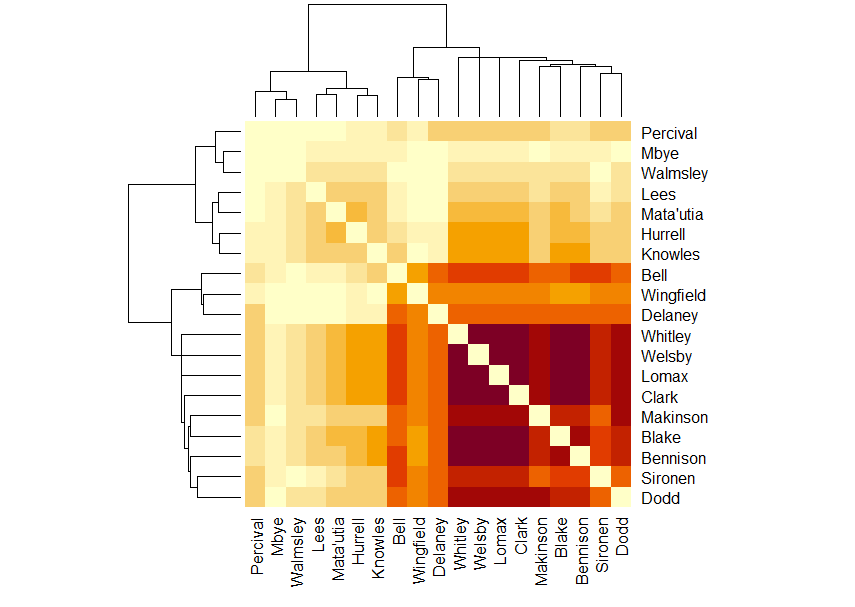
The Blake and Mata’utia, Mata’utia and Hurrell, Sironen and Bell and Bennison and Bell crossing squares are darker than expected, while the Bennison and Mata’utia, Makinson and Sironen, Mbye and Makinson and Walmsley and Sironen crossings are lighter than expected.
The concession network graph still only has 11 players on it.

I’m not sure why Welsby is in the outer ring, not the middle.
I don’t think it’s quite at the point where I can guess the starting 17, but I think it’s getting there. I blame uncertainty around the forwards.



